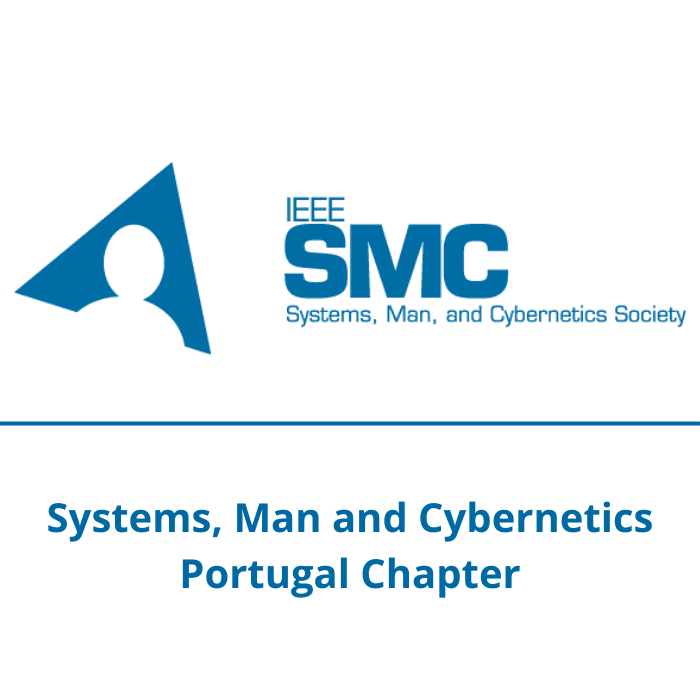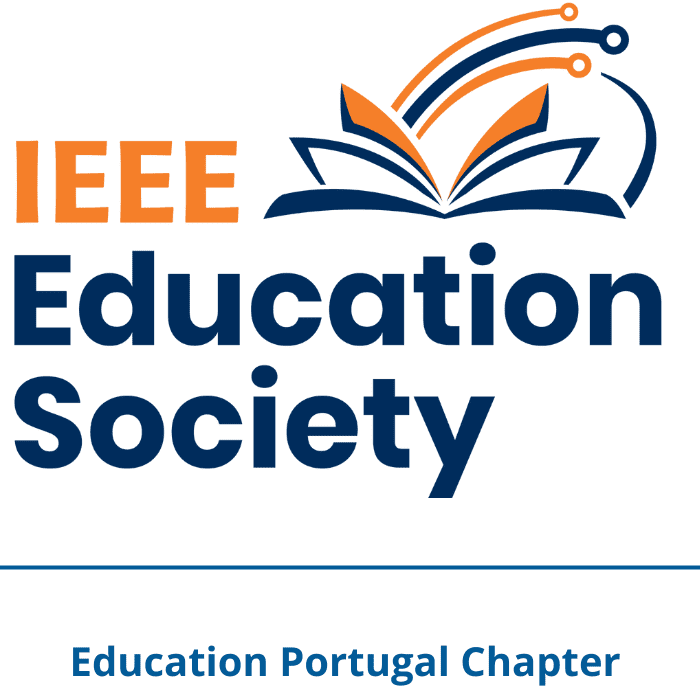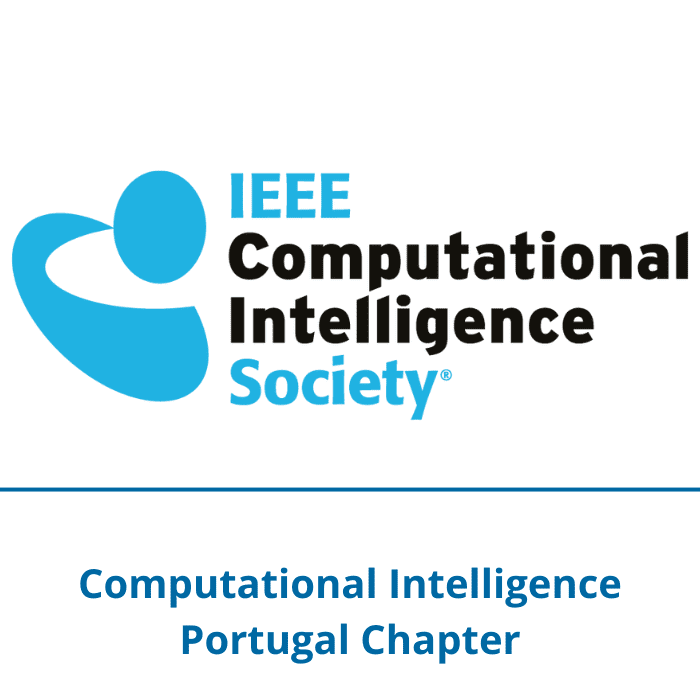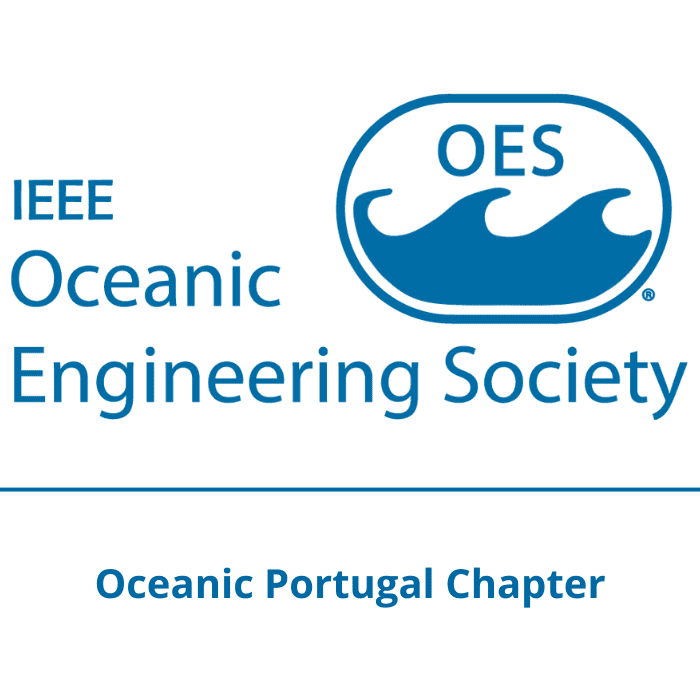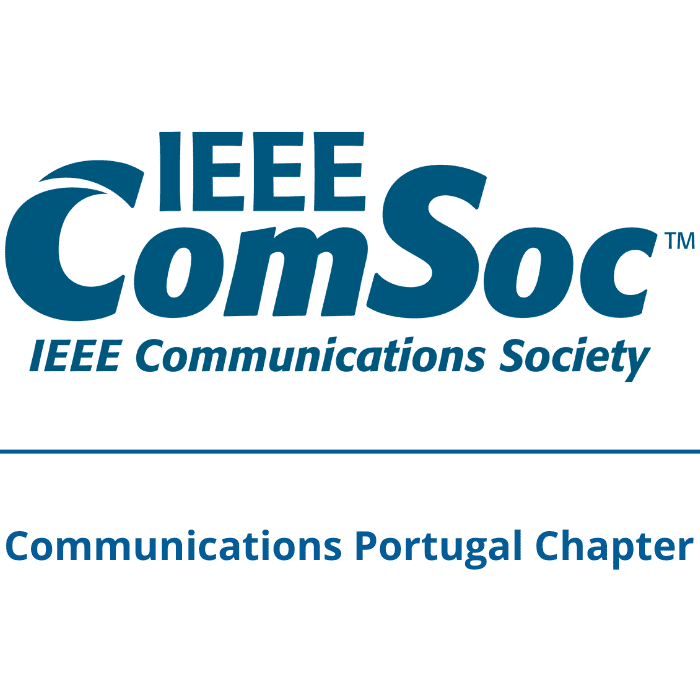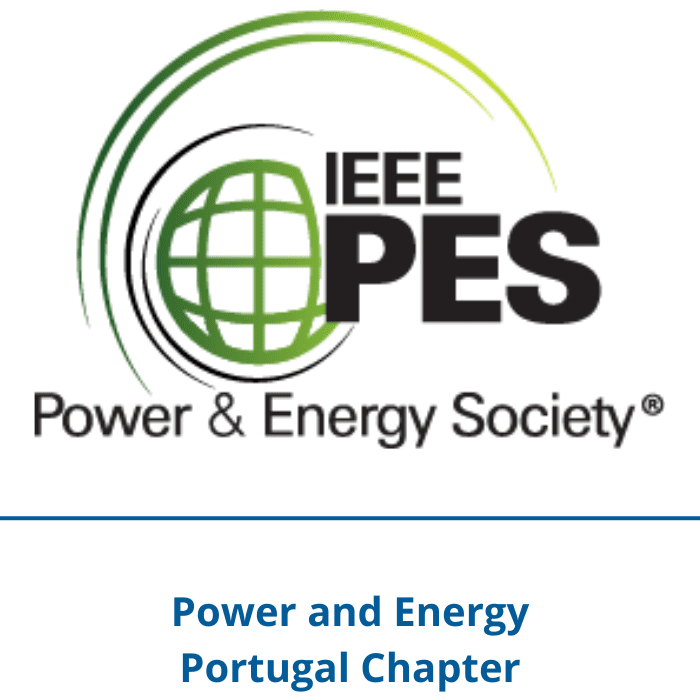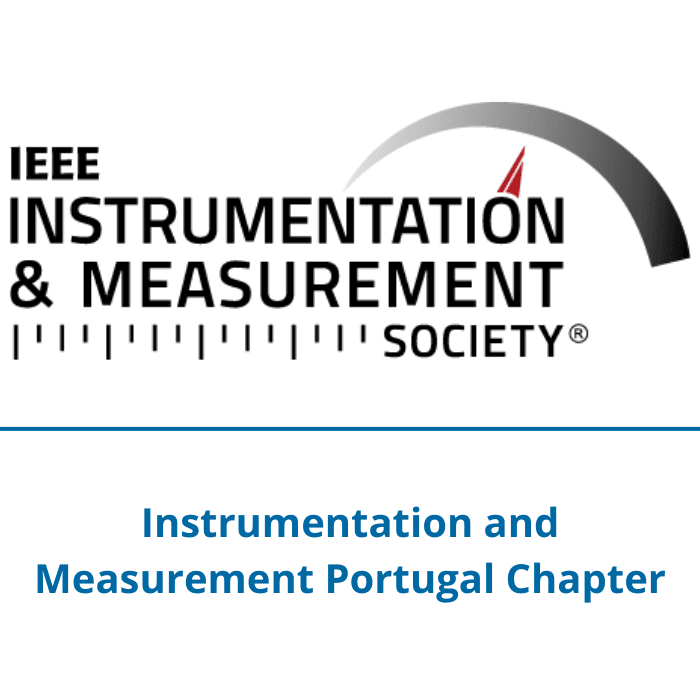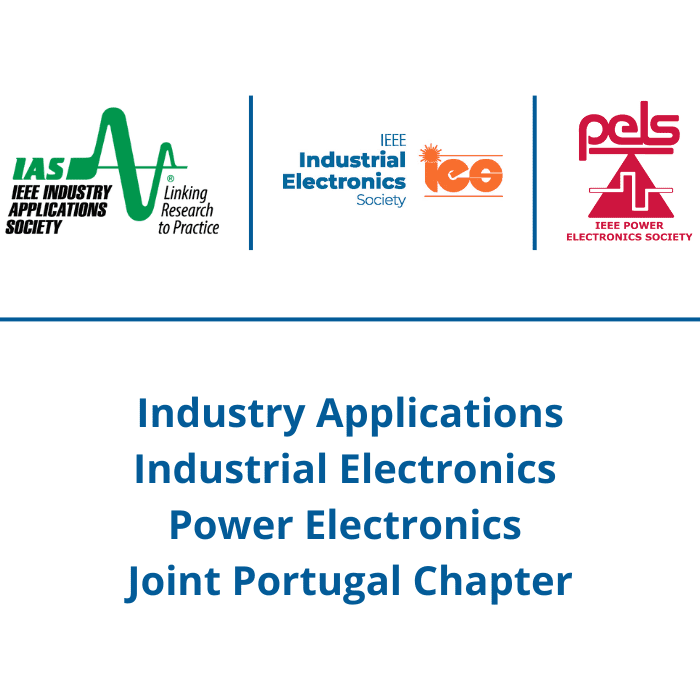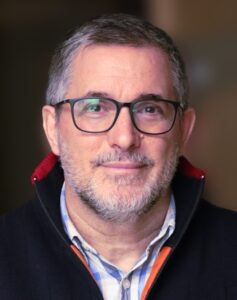Modelling of High-Temperature Superconducting Bulks and Tapes for Electric Systems
¹Instituto Superior Técnico, Portugal
²IDMEC/LAETA, Portugal
ABSTRACT – This tutorial will provide key insights into superconducting technology (bulks and tapes) for electric power systems and methodological approaches to estimate their design and performance. First, technical challenges are presented and discussed, along with current developments on how to overcome them. Then, their physical phenomena are explained, from a macroscopic point of view, for DC and AC magnetic fields and currents. A methodology is provided to analyze their performance in simple and complex systems using Finite Element and analytical modelling. Finally, a case study is presented comparing a conventional synchronous machine to a superconducting one. Upon completion, the attendees will obtain an important overview of the potential and challenges of superconducting technology and tools to evaluate superconducting systems.
SHORT BIOGRAPHY – João Fernandes received the M.Sc. and the Ph.D. degrees in Electrical and Computer Engineering from Instituto Superior Técnico (IST), University of Lisbon, Portugal, in 2011 and 2017, respectively. From 2010 to 2013, he was managing partner and researcher at the startup Emove Innovative Technologies, Lda, Portugal, in the area of wave energy. From 2011 to 2013, he was electrical engineering at Efacec Engenharia, Portugal, in the field of co-generation electrical power plants. In 2014, he started his collaboration with IST as an invited assistant in the Department of Electrical and Computer Engineering (DEEC) and since 2018 he is with IST as an assistant professor in DEEC at the Energy Scientific Area and a researcher at the research center IDMEC/LAETA. His research work aims to expand the current limits of electrical machines, using emerging advanced electromagnetic materials, such as superconductors, and cryogenic cooling, and to model and optimize the operation and design of electrical machines for multidisciplinary applications. He currently has 38 publications in international journals and 25 publications in international conferences, is PI of IST in the European project SEMS4USV from Frontex and is researcher at national project with companies. He is currently Associate Editor of IEEE trans. on Energy Conversion and secretary of the IEEE Power and Energy Society Portugal Section and he is a member of COST Action CA19108, IEEE Power & Energy Society and IEEE Council on Superconductivity. He also serves/served as guest editor in four special issues in MDPI. He is currently supervising/co-supervising 6 (six) PhD students.
Francisco Ferreira da Silva received the M.Sc. degree in Electrical and Computer Engineering from Instituto Superior Técnico (IST), University of Lisbon, Portugal, in 2018. Currently, finishing is Ph.D. on the use of superconducting bulks and tapes for the design of electrical machines, which started in 2019. He was also a teaching assistant at IST for the Department of Electrical and Computer Engineering (DEEC) at the Energy Scientific Area, from 2022 to 2023. Currently, he is a researcher at the IDMEC/LAETA research center.
Deep Learning-based Point Cloud Representation for Humans and Machines
¹Instituto Superior Técnico, Portugal
²Politécnico de Leiria, Portugal
³Instituto de Telecomunicações, Portugal
ABSTRACT – The demand for more immersive and interactive experiences has driven the use of new 3D multimedia formats, more fitted to virtual and augmented reality applications. Among these formats, point clouds (PCs) have gained relevance, due to their ability to represent the scenes’ 3D visual information, using a set of points and associated attributes, notably color. To offer realistic and immersive experiences, PCs need millions, or even billions, of points, thus asking for efficient representation and coding solutions, which are critical for the practical deployment of emerging applications and services.
This tutorial will focus on the DL-based point cloud representation state-of-the-art and emerging trends. The potential of the DL-based coding has been recognized by JPEG and MPEG which have started projects towards standardizing DL-based PC coding solutions. Among these, the JPEG Pleno project is leading the efforts for the development of a new PC coding standard. These initiatives clearly demonstrate that the multimedia coding landscape is facing a revolution with the emergence of DL-based technology, not only supported by gains in compression efficiency when compared with previous hand-crafted coding solutions, but also on its potential to offer an effective, common, unique representation for both human visualization and machine consumption. In this context, computer vision tasks will be performed in the latent/compressed domain with high accuracy and not after decoding, thus suffering from compression artifacts, as it happens nowadays. The compressed domain processing will not only allow to use features directly extracted from the PC originals but will also allow to save the complexity associated with the decoding process.
Considering the fast changing pace of the disruptive new approaches in the multimedia coding arena brought by the DL-based algorithms, this tutorial targets members of the multimedia signal processing community, providing a first person testimony of some of the most recent developments in DL-based PC representation and compressed domain processing techniques.
SHORT BIOGRAPHY – Fernando Pereira is currently with Instituto Superior Técnico and Instituto de Telecomunicações, Lisbon, Portugal. He has been a member of the Editorial Board of the Signal Processing Magazine, Associate Editor of IEEE Transactions on Circuits and Systems for Video Technology, IEEE Transactions on Image Processing, IEEE Transactions on Multimedia, and IEEE Signal Processing Magazine. In 2013-2015, he was the Editor-in-Chief of the IEEE Journal of Selected Topics in Signal Processing. He was an IEEE Distinguished Lecturer in 2005 and elected as an IEEE Fellow in 2008 for “contributions to object-based digital video representation technologies and standards.” Since 2013, he is also a EURASIP Fellow for “contributions to digital video representation technologies and standards.” Since 2015, he is also an IET Fellow. He has been MPEG Requirements Subgroup Chair and he is currently JPEG Requirements Subgroup Chair. He has been one of the key designers of the JPEG Pleno project, which targets defining standard representations for several types of plenoptic imaging, notably light fields, point clouds, and holograms. He has been developing research on point cloud clustering, coding, and quality assessment, and publishing in these areas. He is one of the authors of the learning-based point cloud coding solution which was selected by JPEG as the starting point for the future JPEG Pleno Learning-based Point Cloud Coding standard.
Nuno Rodrigues is currently a Professor with the Department of Electrical Engineering, School of Technology and Management, Polytechnic University of Leiria, Portugal, and a Senior Researcher with Instituto de Telecomunicações, Portugal. He is a Senior Member of IEEE and the Chair of the Signal Processing Chapter of IEEE Portugal. He has coordinated and participated as a Researcher in various national and international funded projects. He has supervised three concluded Ph.D. theses and several M.Sc. theses. He is the coauthor of one book and more than 100 publications, including book chapters and papers in national and international journals and conferences. His research interests include several areas related to image and video coding and processing, for different signal modalities and applications. He has been part of the JPEG Pleno project and contributed to the development of the JPEG Pleno Point Cloud Coding standard, as well as to several other deep learning-based techniques for point cloud coding and processing.
Advantage of Winlink Global Radio Email® Infrastructure and APRSTM Positioning Tool from Mediterranean Coastal Perspective
Amateur Radio Instructor
ABSTRACT – In this tutorial the audience will learn how to configure and use recently developed hardware and software for participating in the amateur radio APRS (Amateur Packet/Position Reporting System); How to use APRS and Winlink to communicate with remote correspondents without Internet or telephone connections; How to use APRS and similar amateur radio services in a community to save lives and properties; How to contribute to weather observation (amateur radio meteorology) by participating in APRS; How to create a local AMUNET (AMateur radio University NETwork) and expand visibility of an educational institution.
SHORT BIOGRAPHY – Miroslav Skoric, Senior Member of IEEE Austria Section, former secretary of SRV (Amateur Radio Union of Vojvodina province in northern Serbia), former secretary of Radio Club “Novi Sad” (YU7BPQ). Diploma in Business Computing. More than three decades of experience in computer network administration and system maintenance (private and governmental sector, retired since 2018). Long-term voluntary practice in the amateur radio (licensed amateur since 1989, amateur radio call sign YT7MPB; ex-CN2MPB /Morocco/; ex-TO0MPB /Reunion Island, France/; ex-J41MPB /Greece/, ex-3B8YT /Mauritius/, ex-II1CIT /Italy/). The presenter has been maintaining amateur radio bulletin board systems (DOS, Windows and Linux platforms) at VHF/HF radio frequencies and Internet inputs/outputs. His research interests in radio are heavily centered on emergency communications. Teaching experience includes classes in local high-school amateur radio clubs; technical paper presentations in domestic and international events; tutorials & workshops on the amateur radio in engineering education, magazine/journal articles, five book chapters, and a web page featuring an amateur radio software. Social activities include membership in IEEE Computer Society, IEEE Communications Society, IEEE Education Society, IEEE Antenna and Propagation Society, ARRL (USA), RSGB (UK), RAC (Canada), and others.
Electrical Distribution System Resilience: State-of-the-art and Future Trends
Politecnico di Torino, Italy
ABSTRACT – In the last decades, the occurrence of extreme weather events (EWEs) increased and endangered both human lives and infrastructures. EWEs are usually classified as High-Impact/Low-Probability (HILP) events because they strongly affect the proper operation of the infrastructures, but their occurrence rate is not so high (yet). The electrical grid (and the distribution system in particular) is one of the infrastructures more under pressure, because i) it is extended and widespread in the territory, ii) most of its components are aged, and iii) its design was not based on events of such magnitude, because of their (past) low occurrence frequency. The impact of HILP phenomena on the electrical grid varies according to its resilience, i.e., its attitude to withstand extreme events and to absorb the stress due the hazard occurrence. But: how can be defined the resilience for the electrical system? How can we treat it? Which is the state-of-the-art about this topic? What about future trends? This tutorial aims to introduce the audience to the resilience topic, by focusing on real-world case studies involving the distribution system.
SHORT BIOGRAPHY – Andrea Mazza (Senior Member, IEEE) received the M.Sc. (Hons.) degree in electrical engineering and the Ph.D. degree in electrical engineering from Politecnico di Torino (PoliTo), Torino, Italy, in 2011 and 2015, respectively. He is currently an Assistant Professor (Tenure Track) of Power and Energy Systems at PoliTo. His research activities include distribution system optimization, distribution system reliability and resilience, decision-making methods applied to electricity systems, and integration of distributed energy resources in the electricity grid. Furthermore, he works on studying the integration of Power-to-X plants in electricity systems and he is also active in the analysis of the optimal integration of different distribution networks (heat, gas, and electricity) for increasing the share of renewable-based dispersed generation in the electricity distribution system. Currently, he is Principal Investigator (PI) of the National project 2022ZCHTHH “Resilience Evaluation by Experimental and Theoretical Approaches in Electrical Distribution Systems with Underground Cables”, with partners Università degli Studi di Roma “La Sapienza” and Istituto Nazionale per la Ricerca Metrologica (INRiM). Moreover, he has been appointed since 2021 as Executive National Coordinator of the initiative Ensiel National Energy Transition Real-Time Lab (ENET-RTLab), for the development of a multi-site platform enabling the RT simulation at National level for studying the power system operation.
